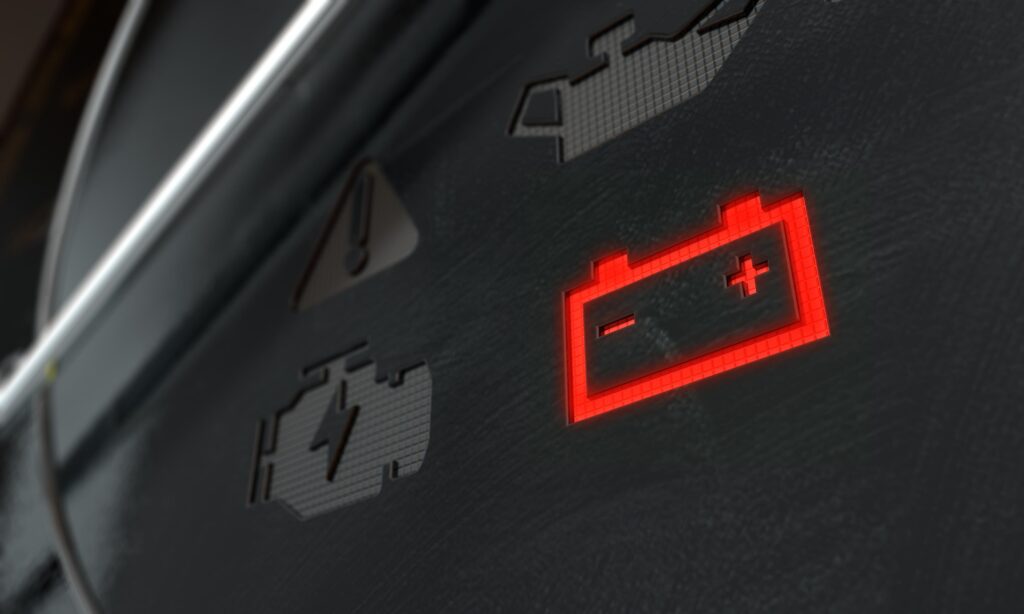Battery manufacturers are under more and more pressure from consumers to produce top-end, high-charge batteries. In fact, one of the biggest issues for batteries – such as car batteries – is charge acceptance.
Getting the best out of your car battery by increasing its charge acceptance can be tricky, but doing so can save you money and time in the future. This is because not all batteries are able to absorb 100% of the electrical charge you’re putting into them, resulting in lower charge acceptance – and lower power.
Car batteries need to supply a huge amount of power to all different areas of your vehicle, which is why there are so many small ways to drain the battery. From forgetting to turn your lights off when you park your car to leaving your car parked for a long period of time, there are lots of factors that can mean the battery doesn’t have enough charge left to start the car.
As technology evolves, it’s a good idea to look into how to increase charge acceptance on your car batteries to keep them in good condition.
What is charge acceptance?
The Dynamic Charge Acceptance (DCA) of a cell is a measurement of the battery’s ability to absorb electrical charge compared to the overall capacity of the battery. This essentially means how easily the battery can take the charge that you are giving it.
How can fibres affect a car battery’s charge acceptance?
One easy way to increase a car battery’s car charge acceptance is to add specialist fibres during the manufacturing stage. Fibres are often used during the manufacture of batteries as the fibres reinforce the plates, improving mechanical performance and stopping the batteries from cracking.
Standard fibres themselves actually negatively affect the charge acceptance of a battery due to their nature. This is because they are made from polymers that are dielectrics and so have low electric conductance which inhibits the ability of the battery’s anode and cathode to carry charge across the plate. This can negatively affect charge acceptance by 10% from that of a battery without fibre.
However, Goonvean Fibres’ conductive fibres have been shown to improve charge acceptance by 20% in a battery with standard fibres and 10% in a battery with no fibre. The technical modification of our fibre is what makes them so different and allows for greater charge acceptance.
Don’t just put up with poor charge acceptance – use Goonvean Fibres
Many manufacturers of car batteries and other batteries have had to simply put up with negative charge acceptance as a side effect of the fibres that allow their batteries to be stronger.
Our unique fibres offer a win-win scenario, allowing you to enjoy reinforced batteries whilst drastically improving battery charge acceptance.
To find out more about our technical fibres, get in touch today.


